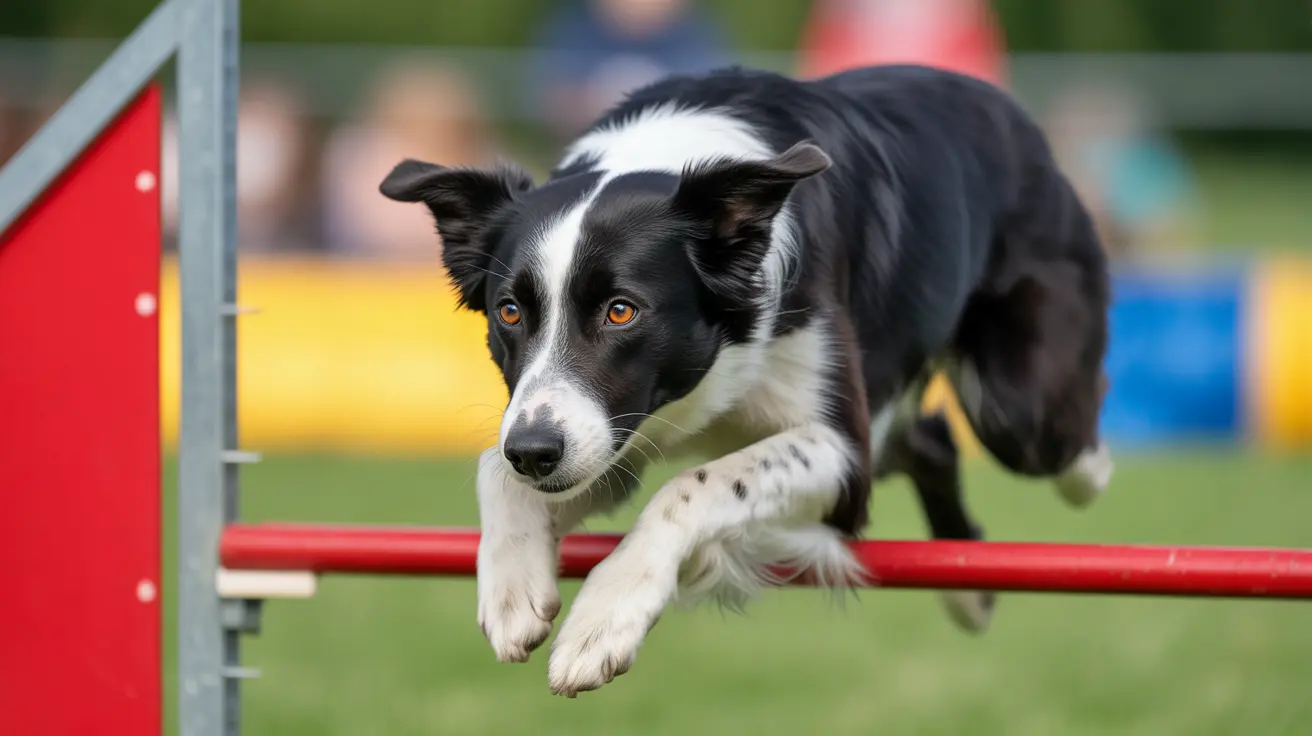Understanding the First Stage of Feline Leukemia: Primary Viremia
Feline Leukemia Virus (FeLV) is a contagious retrovirus that compromises a cat's immune system, making them vulnerable to a broad range of health issues. Early detection and understanding of the infection process starting with primary viremia is critical in managing the disease and prolonging the life of infected cats.
What Is Primary Viremia?
Primary viremia is the initial phase of FeLV infection. During this stage, the virus enters the cat’s bloodstream before it has spread extensively to organs or bone marrow. At this point, the infected cat may or may not show symptoms. Crucially, cats with strong immune responses can eliminate the virus entirely during this early stage.
How the Virus Spreads
- FeLV is primarily spread through saliva, but it can also be transmitted via blood, urine, feces, nasal secretions, and milk.
- Common transmission routes include mutual grooming, fighting (bite wounds), sharing food and water bowls, and shared litter boxes.
- Pregnant cats can pass the virus to their kittens before birth or through nursing.
Susceptibility and Risk Factors
- Kittens and young cats are more susceptible to FeLV infection due to their underdeveloped immune systems.
- Cats living outdoors or in multi-cat households are at higher risk.
- Indoor-only cats have a much lower risk of contracting the virus.
Clinical Signs During Primary Viremia
While some cats remain asymptomatic, others may develop subtle signs during this early phase, including:
- Fever
- Lethargy
- Loss of appetite
- Enlarged lymph nodes
These symptoms are often transient or mild, making early diagnosis difficult without testing.
Diagnosis in the Early Stage
Cats can be tested for FeLV using ELISA (enzyme-linked immunosorbent assay), which detects viral proteins in the blood. This is commonly done during routine veterinary check-ups. If a cat tests positive during primary viremia, retesting in a few weeks is often recommended as some cats can clear the virus naturally.
Further confirmatory tests such as IFA (indirect immunofluorescence assay) or PCR (polymerase chain reaction) may be needed for an accurate diagnosis.
Possible Outcomes After Primary Viremia
- Abortive Infection: The cat’s immune system completely eliminates the virus. The cat is not infectious and will test FeLV-negative.
- Regressive Infection: The virus integrates into the cat’s DNA but becomes dormant. The cat will not usually show clinical signs or infect other cats but may test positive for certain types of tests.
- Secondary Viremia: The virus spreads to the bone marrow and tissues. The cat becomes persistently infected and cannot recover.
The Importance of Early Detection
Identifying FeLV while the cat is still in primary viremia allows for more effective management, such as:
- Monitoring and supportive care to strengthen the immune system
- Minimizing exposure to secondary infections
- Making decisions about isolation from other cats
- Evaluating the need for vaccination in high-risk but uninfected cats
Prevention Strategies
- Vaccination for FeLV-negative cats, especially those at high risk
- Keeping cats indoors or supervising outdoor access
- Testing new cats before introducing them to a household
- Routine vet check-ups and prompt medical attention for any signs of illness
Conclusion
Primary viremia is a crucial stage of feline leukemia that determines the course of the disease. Some cats may clear the virus at this point, while others may progress to more severe stages. Owners should work closely with their veterinarians to test high-risk cats, enforce prevention strategies, and ensure timely intervention. With proactive management, some FeLV-infected cats can lead long, quality lives.





